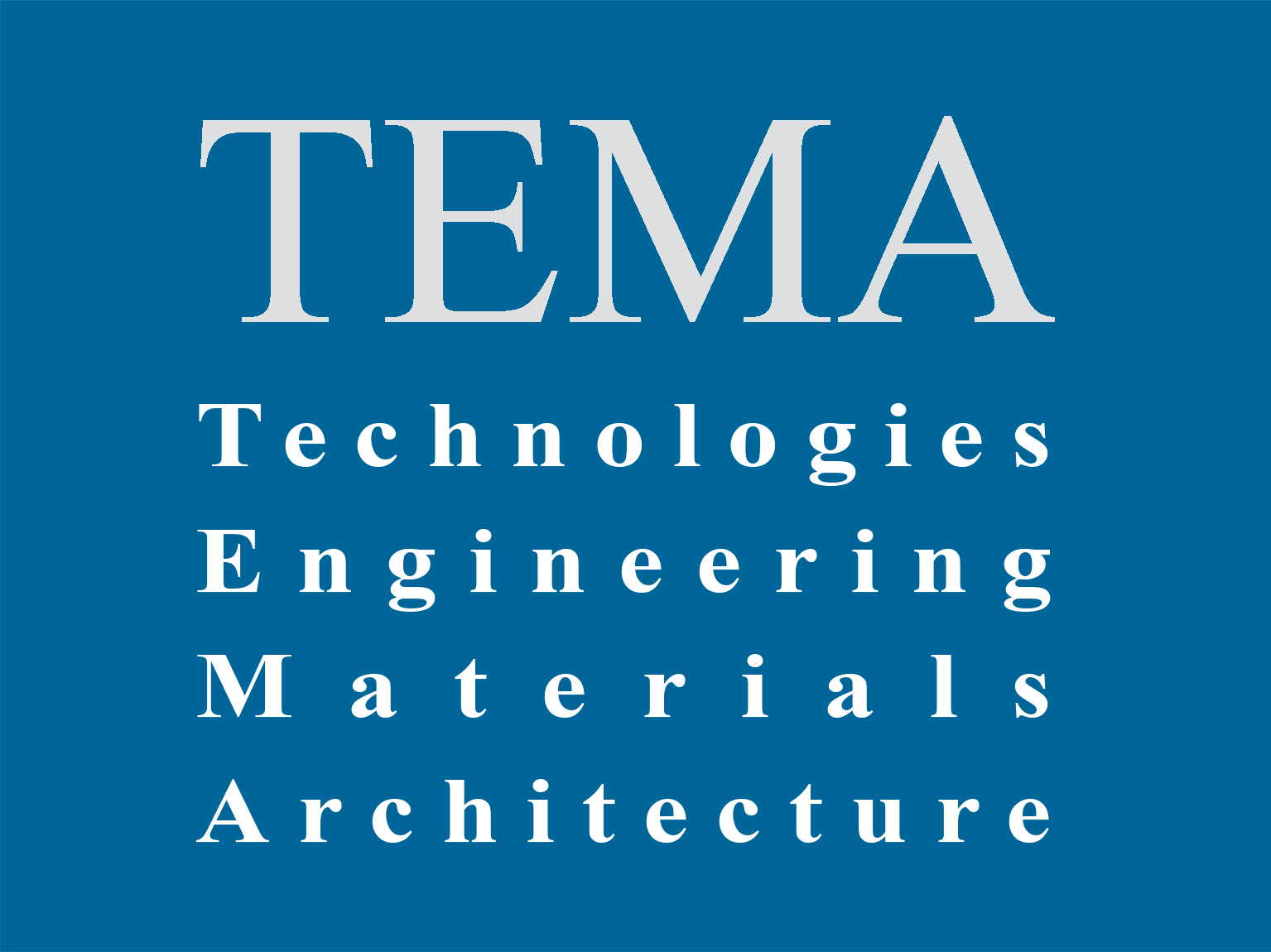Urban areas are undergoing increasing growth and land consumption. Through sustainable design and strategies, the built environment can contribute to mitigating the pressure on urban systems. To this aim, passive strategies can be integrated into buildings to improve their performance and that of the entire urban infrastructure system. Green roofs are among the most encouraged passive strategies, which can be added to both new and existing buildings. Green roofs reduce the Urban Heat Island effect, keeping the building and the city cooler; contribute to the stormwater management system, reducing runoff-flooding risk. However, while these advantages have been studied extensively, the actual cooling potential from evapotranspiration of green roofs has not been the subject of many studies. This work investigates the passive cooling potential of green roofs by evaporation through preliminary experimental studies on two green roofs. In greater detail, we aim to disentangle the substrate layer’s peculiar role, without vegetation, during both a simulated extreme rainfall event and regular irrigation regime, and we compare it to the performance of a gravel-composed reference roof, whose performance with respect to cooling is already good. Results demonstrated that the green roof without vegetation can cool down the roof, and the intense rainfall event was the one that provided the highest thermal performance to the roof.









